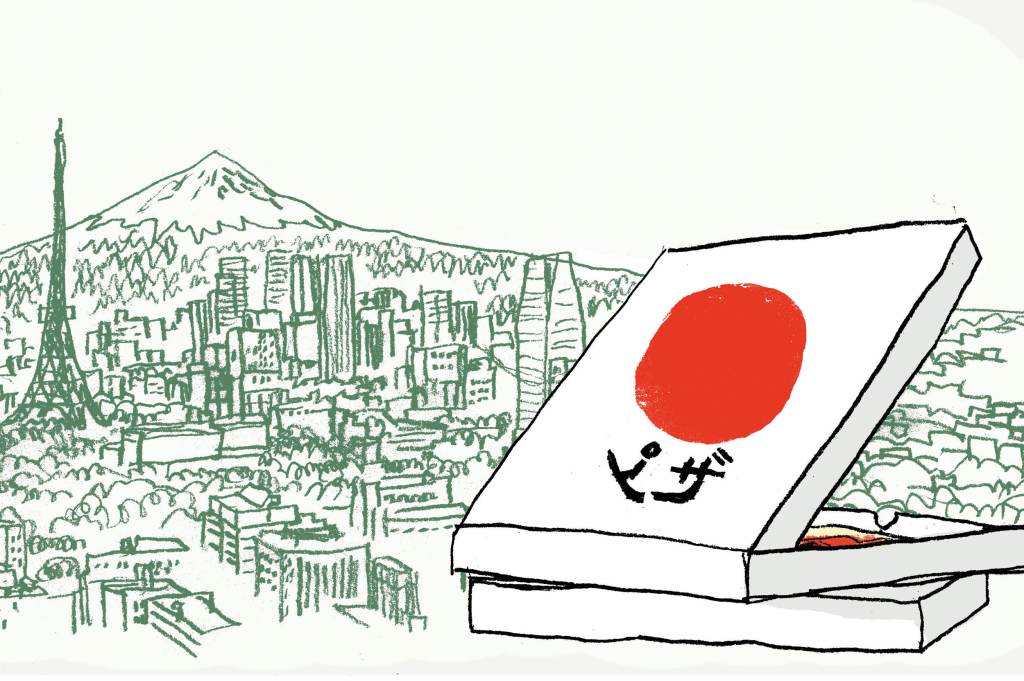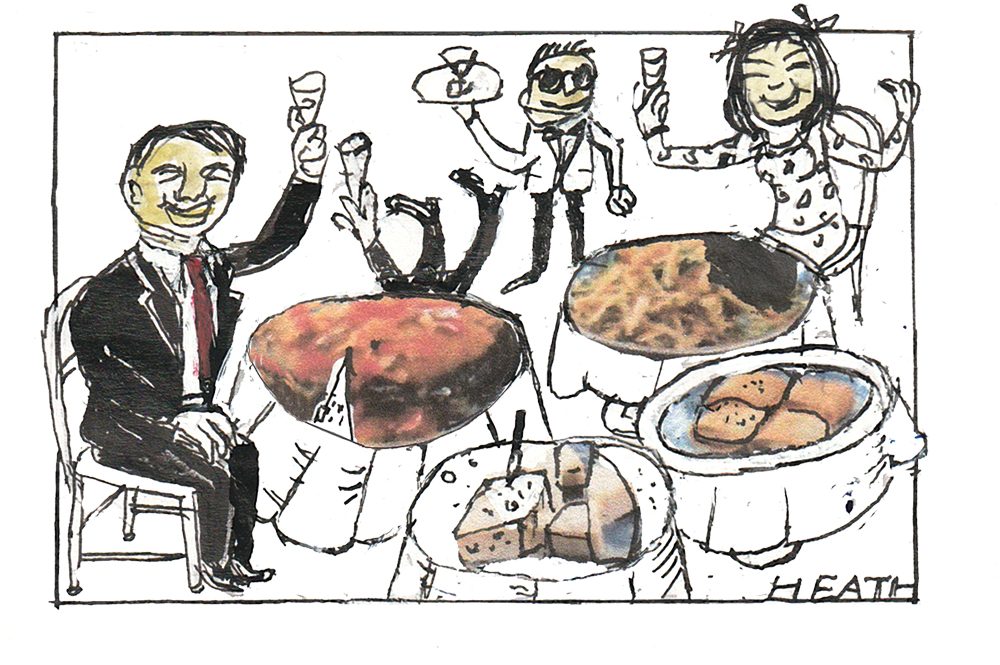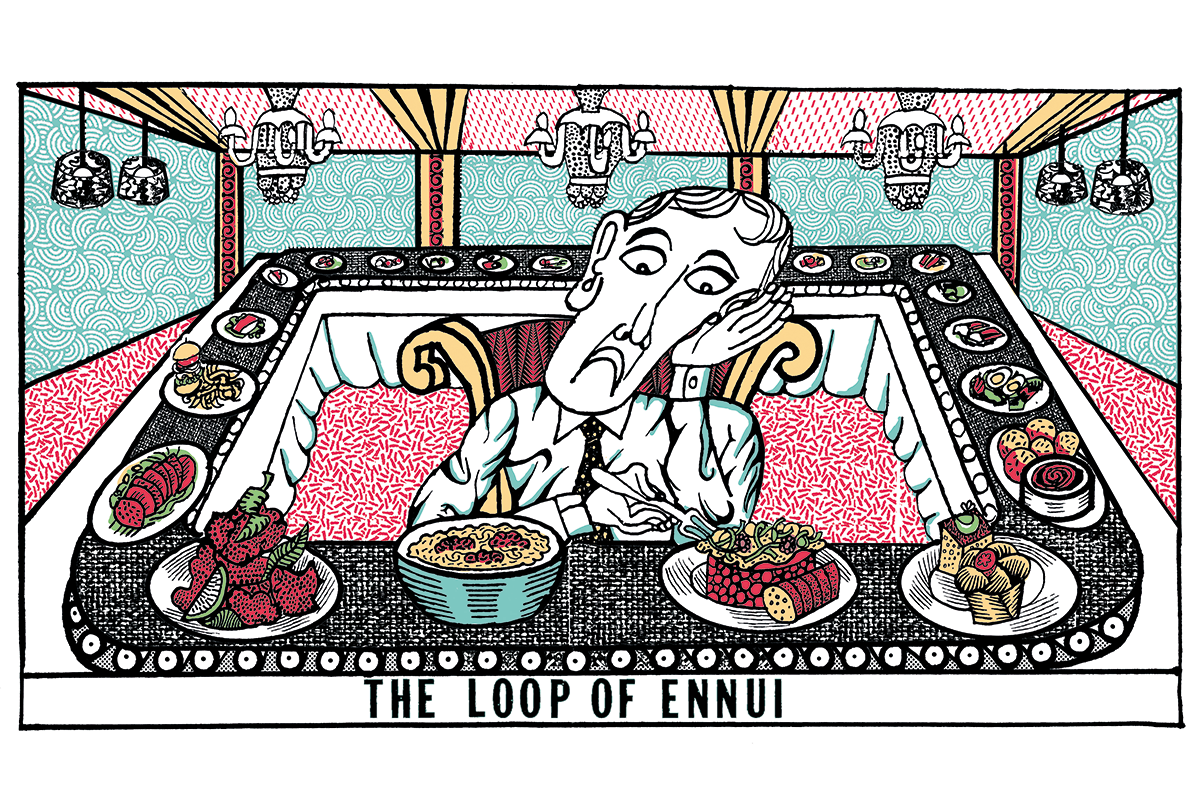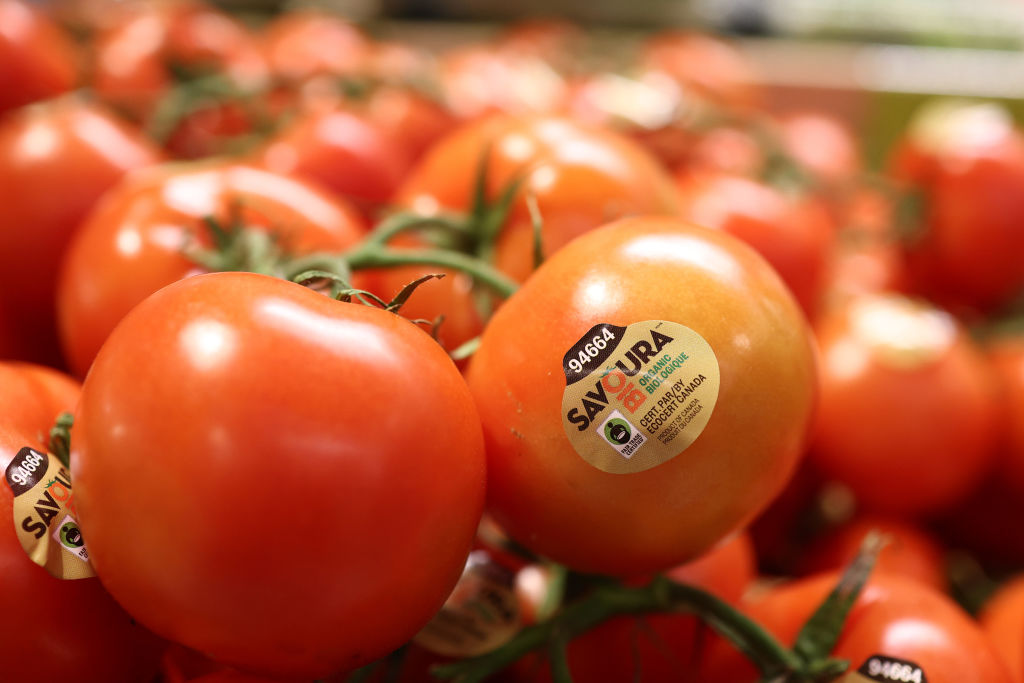Japan is known for its cuisine. People from across the world visit the Land of the Rising Sun to sample everything from the delectable seafood of Tsukiji Market in Tokyo to the local varieties of ramen that can be found across the nation’s forty-seven prefectures, such as Nagasaki’s champon. And yet you would be mistaken if you believed that Japan was only capable of producing high-quality local fare, as there is a long tradition of Western food in this country. Particularly, and perhaps surprisingly, it’s pizza.
The concept of yoshoku dates back to the Meiji period and refers to Japanese dishes that take heavy inspiration from Western countries. This encompasses local recipes such as curry rice and Hamburg steaks, which the average British person or American would find not dissimilar to their own versions of curries and Salisbury steaks. Yoshoku is distinguished from washoku, literally “Japanese food,” which consists of what most foreigners imagine as “typical” Japanese cuisine, including sushi, noodles and sashimi. Many of these — like ramen — have their origins in China, which complicate these categories, but that’s a topic for a different day.
Introduced to Japan in the mid-twentieth century, pizza is typically considered separate from yoshoku as it’s largely a post-World War Two invention. With the Japanese Empire and the Kingdom of Italy being Axis allies, Italian expatriates lived and worked in Japan throughout the war, while the two countries had already engaged in significant cultural and economic exchange for decades before. Local legends state that the first pizzas in Japan were served at a short-lived Kobe restaurant run by two Italian sailors in 1944, but given wartime rationing and the lack of evidence, this is likely apocryphal.
Though a Sicilian restaurant in the Hyogo prefecture city of Takarazuka may have served pizza in 1946, the first “real” pizzeria in Japan is commonly associated with Italian-American GI Nick Zappetti, who opened his restaurant “Nicola’s” in Roppongi in 1954. This was two years after the US postwar occupation of Japan had ended, and American culture was booming throughout the country. The Empire had fallen, and a new generation was growing up in an increasingly Westernized Japan. They wore blue jeans and listened to rock ’n’ roll, and an influx of new foreign food — like pizza and burgers — became a fixture of urban life.
Okinawan-American businessman Yetsuo Higa, who had opened the first Pepsi bottling plant in Japan, introduced frozen pizza to the country’s supermarkets in 1964. A coffee shop named “Benishika” in the Tokyo business district of Yurakucho is said to have invented pizza toast the same year due to the high price of traditional ingredients, which proved to be a hit among customers. Along with local chains, like Pizza-La, the 1970s brought American fast-food giants to Japan. Shakey’s started serving slices in Japan in 1973 and on July 30, 1985, Domino’s Pizza opened its first Japanese location in Ebisu, Tokyo, and began deliveries.
Today, if you order from a delivery chain like Domino’s or Pizza Hut, expect a plethora of toppings and your usual customization options, but with a Japanese spin. While toppings like pepperoni and mushrooms may be normal in the US or UK, the Japanese like plenty of seafood on their slice. It’s also not uncommon to see mayonnaise and corn on most pies, while everything from chashu pork to sweet mochi rice cakes are on the menu. It all makes pineapple seem like a rather normal topping by comparison (which, yes, is also available here).
These distinctly Japanese offerings are controversial among Americans, with some refusing to even acknowledge them as “real” pizza. Adam Koralik, who runs a retro video game YouTube channel with more than 120,000 subscribers, and another channel for travel vlogs, visits dozens of countries and regularly comes to Japan for work. “They have no idea how to make it,” he flatly tells me. And yet, sit-down restaurants give cus- tomers a more authentic Italian experience, with Tuscan native and businessman Marco Scardigli telling the Wall Street Journal in 2014 that Japan “makes the best pizza in the world except for Naples.”
Japanese-Italian chef Salvatore Cuomo’s restaurants all over Japan are renowned for their traditional margherita with fresh tomato sauce, mozzarella and basil, and the Bismarck, which adds a sunny-side-up egg in the center, is also popular — unsurprising, given the local cuisine often uses raw eggs. Another favorite topping is arugula, which adds a spicy kick and pairs well with salty meats like prosciutto.
Though there is no shortage of award-winning pizza places and Italian restaurants in Tokyo, the city of Kyoto is the country’s foodie hub. There you will find Pizza Monstar, a more recent location that sells pizza by the giant NYC-size slice, and enormous, customizable pizzas are worth every yen. There’s also Pizzeria Bar Le Napoli in the Kawaramachi district, which offers a wide selection of pies and is popular with couples. If you go to Kobe, 2Bros Pizza offers affordable pizza similar to what its Zainichi Korean owner Song Chol Choi experienced while studying abroad in New York City. It starts at 180 yen per slice (roughly $1.30), but the quality well exceeds the cheap price.
Those desiring something closer to traditional Italian fare could head to La Golosetta in Osaka, whose fantastic Neapolitan brick oven pizzas are prepared by expert chef Shugo Ishizaki, who studied abroad in Naples. Sumibi Italian Carbone in Osaka’s Umeda district also comes recommended for those who want a deeper crust pan pizza and a side of fantastic carbonara pasta.
This article was originally published in The Spectator’s October 2023 World edition.

























